I am putting inner join in my query.I have got the result but didn't know that how the data is coming in output.Can anyone tell me that how the Inner join matching the data.Below I am showing a image.There are two table(One or Two Table).

According to me that first row it should be Mohit but output is different. Please tell me.